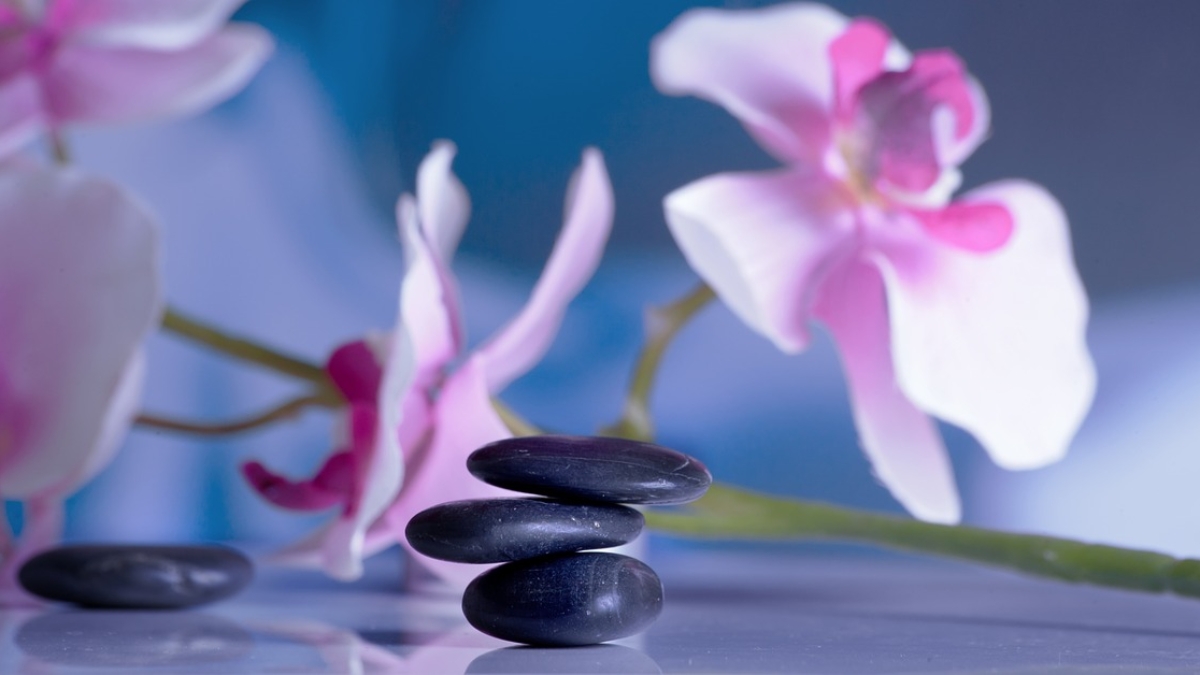Facial expressions play a crucial role in conveying emotions and enhancing the overall impact of dance performances. Here are some tips that can help you to understand and incorporate facial expressions into your dancing:
- Watch and learn: Observe your dance teacher’s facial expressions closely and try to imitate them. Study the way he uses his facial muscles to convey different emotions and moods. Pay attention to the timing and intensity of the expressions.
- Practice in front of a mirror: Stand in front of a mirror and practice your dance moves while paying attention to your facial expressions. Try to experiment with different expressions and see which ones look the best.
- Understand the mood and character of the dance: Each dance has its own mood and character, and your facial expressions should match that. For example, a romantic dance will require softer, more subtle expressions, while a fierce dance will require more intense and aggressive expressions.
- Use your body to express emotions: Remember that your facial expressions should be in sync with your body movements. Use your body to convey the emotions and feelings you want to express, and let your face reflect that.
- Practice with music: Use music to help you practice your facial expressions. Listen to the music and try to feel the emotions it conveys. Let those emotions guide your facial expressions.
- Don’t be afraid to exaggerate: In some cases, you may need to exaggerate your facial expressions to make them more visible to the audience. Don’t be afraid to make bold expressions if it helps to enhance the performance.
Remember that facial expressions are an important part of dancing, but they should not overshadow your actual dance moves. Keep practicing and experimenting with different expressions until you find what works best for you and your performance.
There are several facial expressions that are commonly used in dance to convey different emotions and moods. Some of the most famous and usual facial expressions in dance include:
- Joy: A smile is the most common expression used to convey joy in dance. You can also use wide eyes and an open mouth to emphasize the feeling of happiness.
- Sadness: A downturned mouth and a furrowed brow are often used to express sadness in dance. Soft, gentle movements can also help to convey a sense of melancholy.
- Anger: A scowl or a furrowed brow can be used to convey anger in dance. Sharp, aggressive movements can also help to emphasize the feeling of frustration or rage.
- Fear: Wide eyes, a dropped jaw, and a tense body posture can be used to express fear in dance. Slow, cautious movements can also help to convey a sense of apprehension.
- Love/romance: Soft, gentle expressions with a hint of a smile are often used to express love or romance in dance. Eye contact and tender movements can also help to emphasize the feeling of intimacy.
It’s important to remember that these expressions can be modified and combined in many different ways to suit the specific dance style and performance. Don’t be afraid to experiment and find your own unique expressions that suit your personality and style of dance.
Tiru Sameer is a Dance Coach, Choreo Specialist, Dance Therapist and Nutrition Consultant.
Sameer is also the founder of Anyone Can Dance (ACD with Sameer) where so many dance aspirants are reaching their dream of Dancing.
With 22 years of experience as a dancer he has trained more than 15 thousand people globally from diversified age groups of 4 years to 77 years. ACD with Sameer Achieved completing 10,000 live hours of live online dance training and becomes best online dance training platform.
Below is the link if you want to register/refer for Dance workshop organising by Sameer every week which is 5 Days workshop
https://learn.tirusameer.com/acd
Heartfelt Gratitude and respect to all my
2700 Facebook Followers – https://www.facebook.com/ACDCOACHSAMEER/
2510 YouTube Subscribers – https://www.youtube.com/channel/UCRBfw-kFZK1LhPC3v5YtpxA
14270 Dancing Aspirants – https://learn.tirusameer.com/acd
1723 Life members/friends of STAR CLUB Community – https://www.facebook.com/groups/188269793161461/?multi_permalinks=336842318304207
27 Twitter Followers – https://twitter.com/ytsameer
1736 Instagram Followers – https://www.instagram.com/ytsameer/?hl=en
Dance lovers who follow my blog: https://tirusameer.com/blog/




